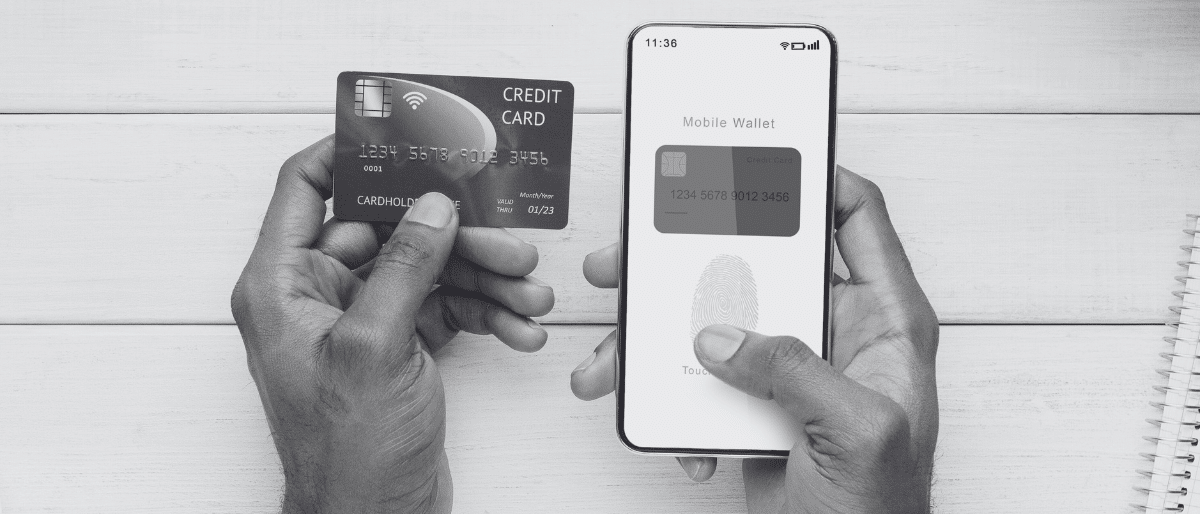Not long ago a simple “cash or card?” covered almost every purchase. But today’s checkout experience is being reshaped by a wave of alternative payment methods.
Whether it’s digital wallets, Buy Now, Pay Later (BNPL) options, local payment schemes or real-time bank transfers, these options are rapidly gaining traction, especially among Millennial and Gen Z shoppers. They offer the speed, security and flexibility that modern consumers demand in their online and in-store shopping experience.
Alongside the traditional options, merchants need to embrace this broader mix of payment methods to remain competitive, expand into new global markets and meet diverse customer needs – no matter where they are in the world.
Why are customers turning to alternative payment methods?
Over the past five years, the adoption of alternative payment methods has surged, especially in Europe and Asia-Pacific where the majority of online transactions now bypass cards altogether. Globally, digital wallets accounted for roughly half of global e-commerce payment transactions in 2024, making it the most popular online payment method worldwide.
Examples include digital wallets, such as Apple Pay or Google Pay, BNPL options Klarna and Afterpay and local payment schemes like Wero (Europe), iDEAL (Netherlands), Alipay (China) Swish (Sweden) or UPI (India).
Customers are increasingly drawn to these new methods for several reasons:
- Convenience: Entering a 16-digit card number, security code and expiry date adds friction to online checkout processes. Alternative methods offer faster, easier ways to pay, such as via a scanned QR code or pay by app.
- Lowering financial barriers: BNPL allows payments to be split into manageable installments, without a need for traditional credit. This is a flexible option that younger consumers increasingly prefer.
- Accessibility and inclusivity: Not everyone has access to traditional banking or credit cards. Alternative payment methods allow people without bank accounts or credit history, such as migrant workers, young adults or people with financial instability to still participate in the digital economy. These methods are often also more user-friendly for those with disabilities providing contactless options and customisable settings for people with visual, cognitive, or motor impairments
- Security: As newer innovations, alternative payment methods have been built with modern security and advanced fraud protection from the outset including multi-factor authentication, biometrics and encryption. A recent survey by the National Retail Federation showed that 63% of consumers believe digital payments are more secure than cash or credit cards.
- Trust: Payment preferences vary by region and culture. Offering multiple options allows people to pay in ways that are familiar and trusted in their community.
Why it matters for merchants
Alternative payment methods not only enhance customer experience, they can also improve business outcomes.
Shoppers are more likely to complete purchases with 43% of consumers saying they have abandoned online shopping carts when their preferred payment method wasn’t available.
Alternative payment methods can also increase revenue, with merchants offering BNPL options seeing an average 14% increase from increased conversion and higher average order values.
In regions where local payment options like Alipay (1.3 billion users) or UPI (300 million users) dominate, these methods are so integral to a business they can even shape go-to-market strategies. Launching a new region without being able to offer the preferred local payment method risks lost sales and a weaker launch impact – meaning many will delay their rollout until these payment methods are implemented.
Alternative payment methods also help merchants combat fraud and chargebacks – a costly challenge for many merchants. Traditional chargebacks, when a cardholder A disputes a transaction and requests a reversal of the payment, require extensive documentation from merchants and are often resolved in favour of the cardholder. But stronger authentication and real-time fraud detection in many alternative payment methods can prevent unauthorised payments altogether. With fewer fraudulent chargebacks, merchants need to spend less time gathering evidence and when a payment is disputed, resolution channels are often clearer and more balanced between buyer and seller.
The challenge of implementing alternative payments at scale
The benefits of alternative payment methods are clear, but implementation is another story entirely. For global merchants failure to provide a specific payment method in a new market could mean leaving revenue on the table. Yet integrating even one new method can take three to six months. Each payment method has its own licensing and compliance requirements, settlement processes and regional considerations that a merchant must consider and comply with in order to gain a licence to accept the payment type.
Attempting to go through this complex process alone and without support, either from a payments expert or a payment service provider (PSP) can lead to delays, compliance headaches, and poor customer experience.
Scale smarter with platform thinking
To support a wide range of payment options across multiple regions, digital platforms and platform thinking can speed up the process by providing flexibility, reusability and scale.
Rather than starting from scratch each time a business wants to onboard a new payment method, merchants can design a core set of capabilities — such as integration patterns, APIs, security protocols, reconciliation, exchange rate handling, and governance — that can be adapted and reused as required. It creates an adaptable foundation within an organisation’s payment architecture to rapidly speed up the alternative payment onboarding process.
At Equal Experts, we have partnered with global payments provider PPRO in rolling out local payment methods (LPMs) through a platform-thinking approach. With deep domain expertise in LPMs, we leverage standardised implementation flows, reusable components, and streamlined integration to deliver scalable, efficient solutions. This collaboration aligns closely with PPRO’s mission to make local payment methods accessible for everyone, everywhere. Together, we’ve supported launches across diverse markets, including Swish in Sweden, UPI in USD, and PayPay and KakaoPay in APAC, demonstrating our commitment to enabling fast, reliable, and locally relevant payment experiences.
Balancing risk and rewards in alternative payments
Expanding payment offerings can improve conversion rates, boost overall revenue and build customer loyalty, but it also comes with operational and regulatory complexity. Attempting to offer every payment method may not be the best approach and merchants need to make data-driving decisions aligned with business expansion desires when selecting the payment methods they want to offer. Merchants should also weigh the implementation effort against the potential rewards in a fast-evolving and regulatory-diverse payments landscape.
Explore more payment trends in our whitepaper Beyond trends: A guide to payments innovation and implementation or contact our team to find out how implementing alternative payment methods can help grow your business on a global scale.




